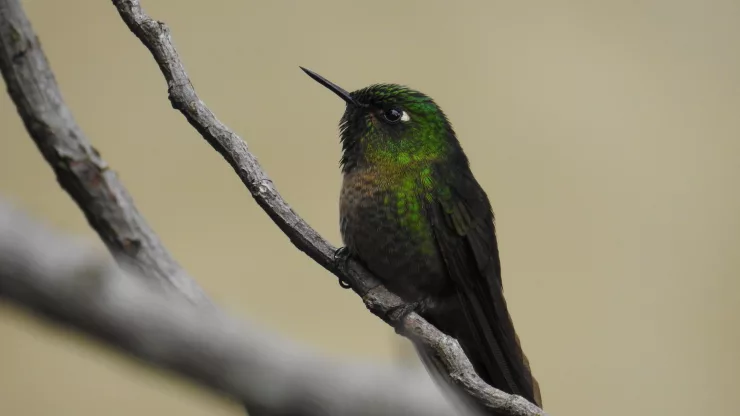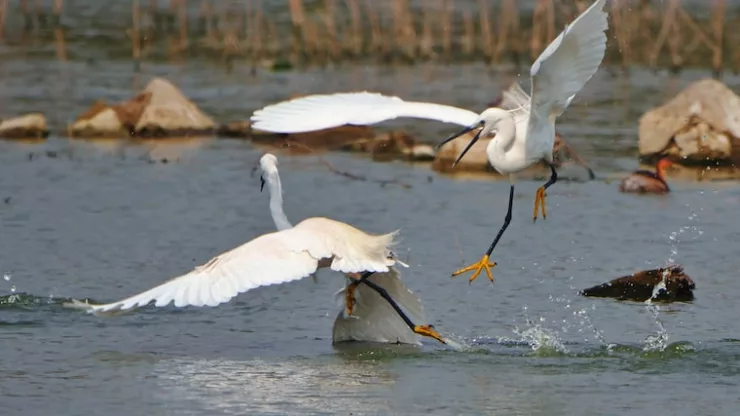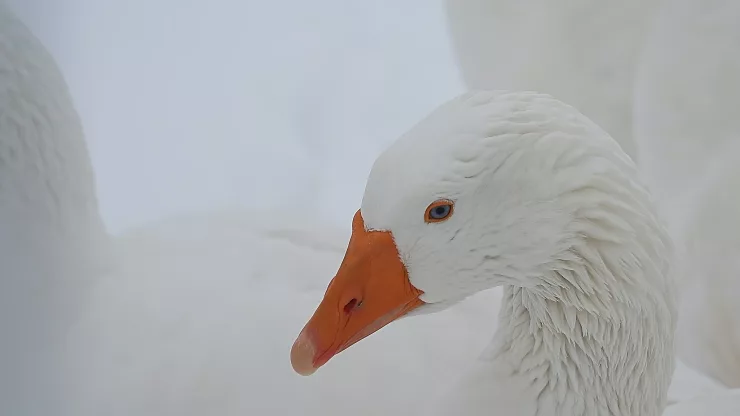Dive into the fascinating world of one of the most popular aquarium pets, the goldfish.
These shimmering swimmers have been gracing ornamental ponds and glass tanks for centuries, and there’s much more to them than meets the eye.
Often seen as a symbol of good luck and prosperity, goldfish are beloved by hobbyists and fish enthusiasts around the globe.
Let’s explore some intriguing tidbits about these golden beauties that glide through the water with such grace and tranquility.
1. Ancestral Roots: Goldfish were first domesticated in China over a thousand years ago.
They are descendants of the Prussian carp, Carassius gibelio.
2. Colorful Changes: Interestingly, goldfish are not naturally golden.
They were originally dull, grayish-green, and only after generations of selective breeding did the vibrant gold, orange, and reds come forth.
3. No Stomach, No Problem: Goldfish don’t have stomachs.
Food is processed in their intestines, which means they require frequent feeding but in small amounts.
4. Memory Misconceptions: Contrary to popular belief, goldfish have a memory span that can last months, not mere seconds.
They can be trained to perform simple tricks.
5. Breathing Technique: They can survive in low-oxygen water thanks to their ability to gulp air from the surface and extract oxygen using their intestinal tract.
6. Growth Adaptation: The size of a goldfish is influenced by its environment.
In a spacious environment with ample resources, they can grow up to 14 inches long!
7. Long-Lived Companions: With proper care, goldfish can live for a decade or more, with some even reaching the grand old age of 20 years.
8.
Vision Advantage: Goldfish have impressive vision and can see more colors than humans, including ultraviolet light, which enhances their ability to forage and avoid predators.
9. Social Swimmers: They are social animals and can exhibit signs of depression if kept alone.
It’s best to keep them with companions in a spacious tank.
10. Prolific Breeders: During the breeding season, a single female goldfish can lay over a thousand eggs, although not all will survive to adulthood.
In conclusion, goldfish are not just simple creatures but rather complex beings with a rich history and fascinating biology.
Their adaptability, social nature, and remarkable characteristics make them more than just a starter pet; they are a testament to the wonders of the aquatic world.
Whether you’re a seasoned aquarist or a curious onlooker, goldfish continue to captivate and surprise with their hidden depths.
FAQ
What is the natural habitat of goldfish?
Goldfish thrive in freshwater bodies like ponds, slow-moving streams, and lakes. They prefer cooler water with a temperature range of 65 to 75 degrees Fahrenheit.
How can you tell if a goldfish is male or female?
Sexing goldfish can be challenging, but during the breeding season, males often develop small white bumps known as breeding tubercles on their gill covers and pectoral fins.
Females may appear rounder when carrying eggs.
Do goldfish need a filter in their tank?
Yes, goldfish produce a significant amount of waste, so a filtration system is essential to maintain water quality and provide a healthy environment.
What do goldfish typically eat?
Goldfish are omnivores and enjoy a varied diet including pellets, flaked fish food, vegetables, and occasional treats like brine shrimp or bloodworms.
Can goldfish live with other fish species?
Goldfish can cohabitate with other peaceful and cold-water fish species.
However, care should be taken to ensure all tank inhabitants require similar water conditions and that the tank is not overcrowded.
How often should a goldfish tank be cleaned?
Partial water changes of about 20-30% should be performed weekly to maintain good water quality. The frequency can vary depending on the tank size and filtration system.
What common health issues do goldfish face?
Goldfish are prone to swim bladder disorders, ich, fin rot, and fungal infections. Maintaining clean water and a proper diet can help prevent these issues.
Is it true that goldfish grow to the size of their enclosure?
Goldfish growth is influenced by their environment, genetics, and diet.
While they may grow larger in spacious environments, keeping them in small spaces can lead to stunted growth and health problems.

I am a fun fact enthusiast and creator of Facts On Tap.
I love to share my knowledge and curiosity with readers and inspire them to learn something new every day.
When I’m not writing, I enjoy traveling, reading, and playing trivia games with my friends.




